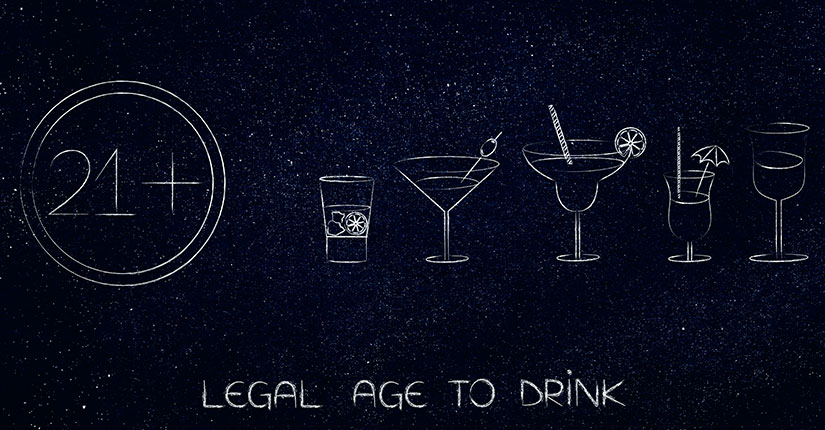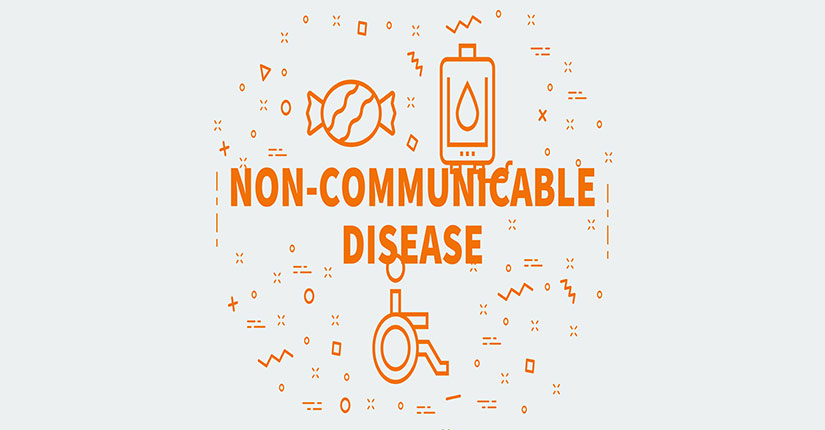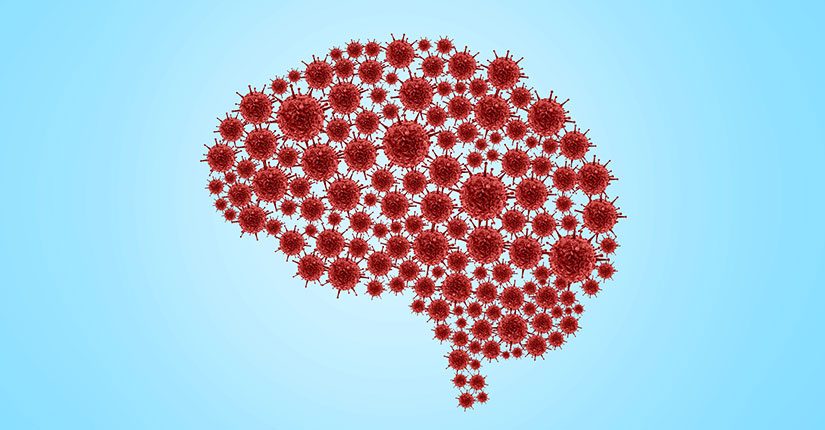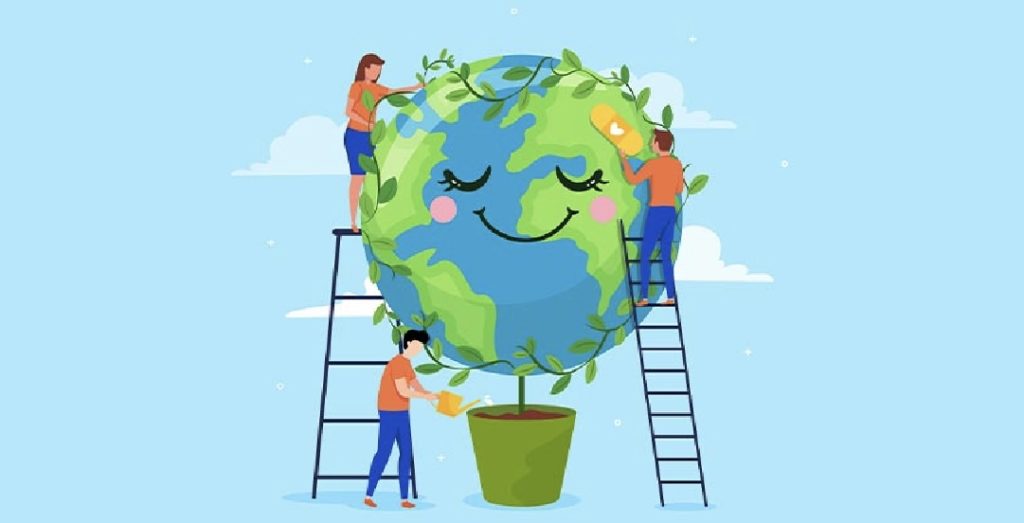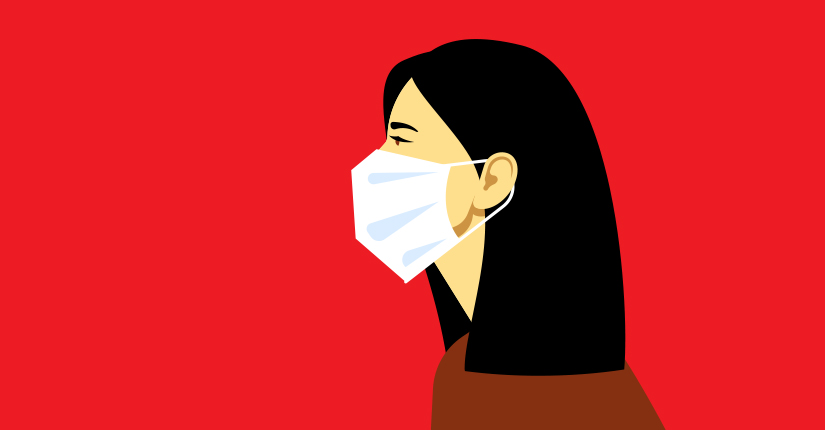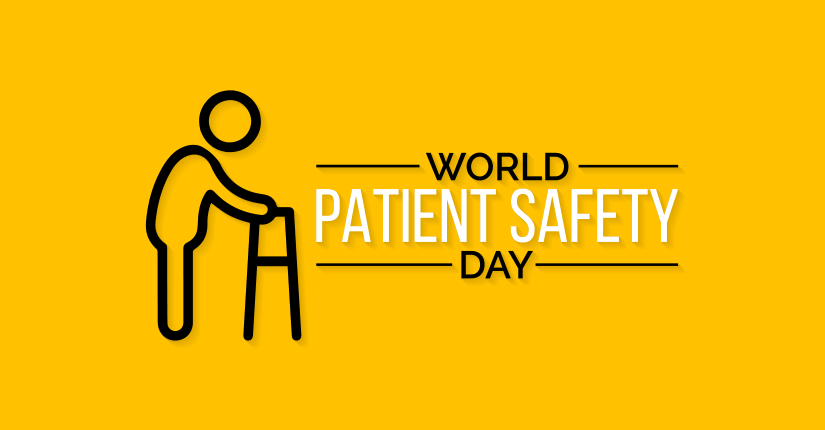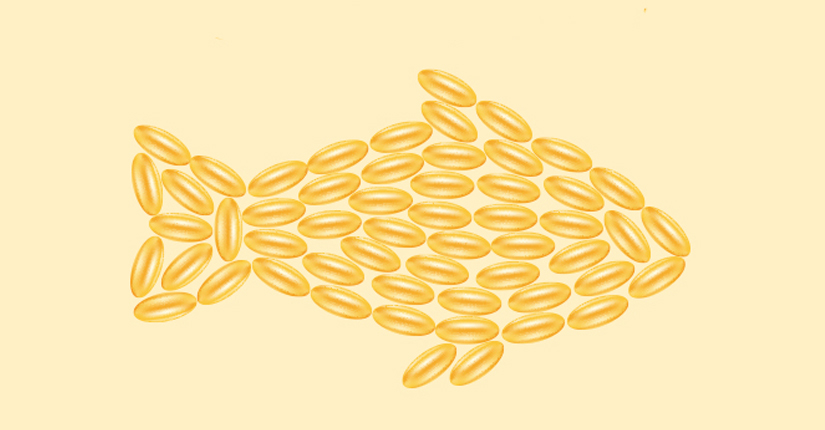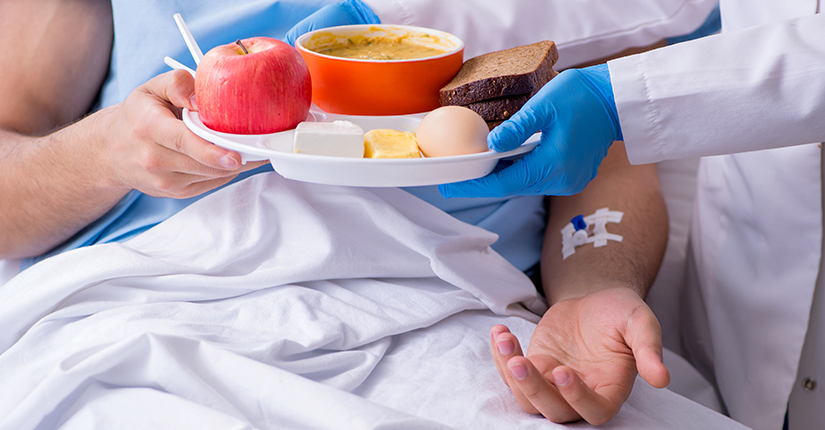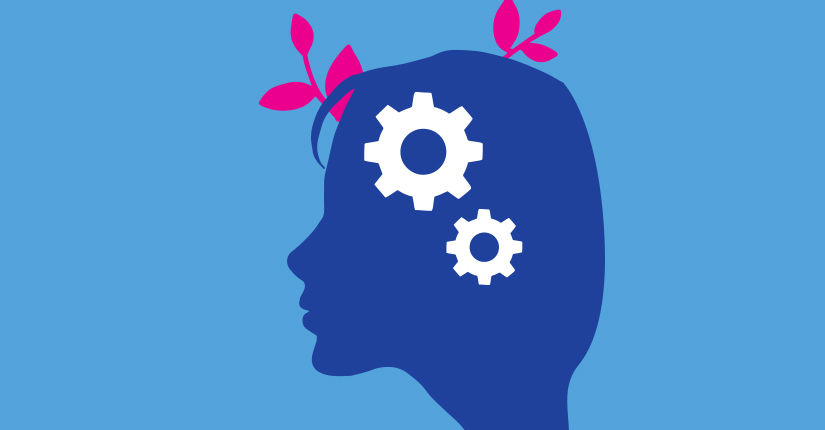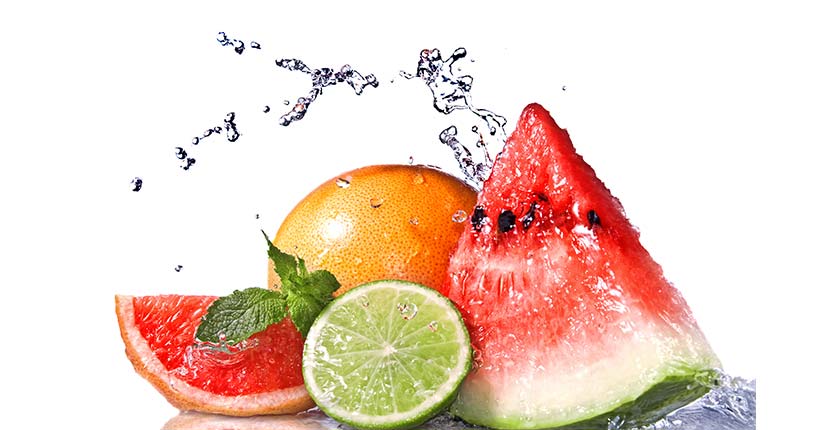WHO Tweeted About The Prevention Of Chagas Disease On The World Chagas Disease Day
By Nmami Agarwal 18-Apr 2022 Reading Time: 4 Mins
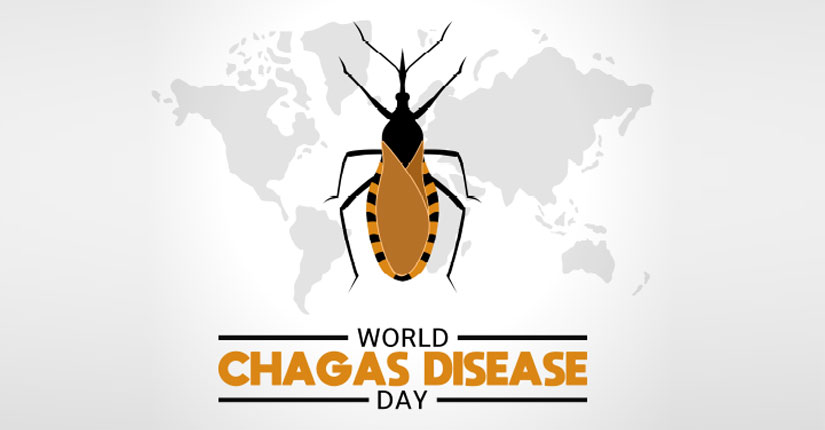
In 2022 we are shining a spotlight on Chagas disease, and the suffering it causes and are calling for equitable access to health care and services for everyone affected by the disease. Chagas disease is a potentially life-threatening illness, transmitted through contact with the faeces or urine of a triatomine bug, found mainly in Latin America.
Finding & reporting every case is key to defeating Chagas Disease. It is prevalent among poor populations of continental Latin America but is increasingly being detected in other countries and continents. About 6 to 7 million people are infected with Chagas Disease, causing 10 000 deaths yearly. Most infections occur in Latin America but the disease is increasingly detected in other parts of the world, with 75 million at risk of infection.
Chagas Disease Is Transmitted by:
- Contact with the faeces or urine of a triatomine bug (kissing bug)
- Contaminated food
- Blood transfusion/organ transplant
- Mother to child
In many countries, there are low detection rates of this ‘silent disease’ & frequent barriers to accessing adequate healthcare. Equitable access to health care & services for everyone affected by this disease is crucial.
The symptoms of Chagas Disease are most often non-existent or mild and unspecific. The first visible signs can include:
- skin lesion
- purplish swelling of an eyelid
- fever
- difficulty breathing
- abdominal or chest pain
Control and Prevention:
The large reservoir of T. cruzi parasites in wild animals of the Americas means that the infection cannot be eradicated. Instead, the control targets are the elimination of the transmission to humans and early healthcare access of the infected people.
- Food safety
- Spraying of dwellings and surrounding areas with residual insecticides;
- house improvements and house cleanliness to prevent vector infestation;
- Personal preventive measures such as bednets, good hygiene practices in food preparation, transportation, storage, and consumption;
- Development of contextualized information, education and communication activities for different actors and scenarios about preventative measures and surveillance tools;
- Screening of blood donors and women of childbearing age;
- Testing of organ, tissue, or cell donors and receivers;
- Access to diagnosis and treatment of people with a medical indication or recommendation to do antiparasitic treatment, especially children and women of child-bearing age before pregnancy
Over To You:
Addressing the Chagas disease early is the key to treating it. Contact your doctor if you live or have traveled to an area at risk of Chagas and experience symptoms. Also, 2 medicines, benznidazole, and nifurtimox are effective in curing the disease if given soon after infection.

